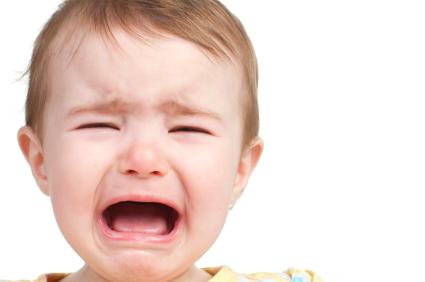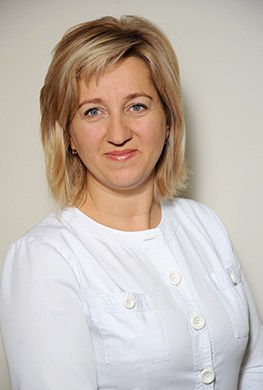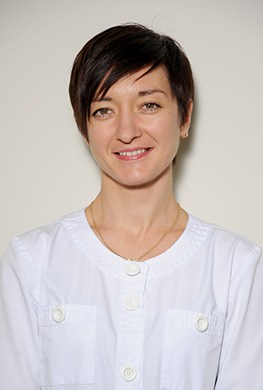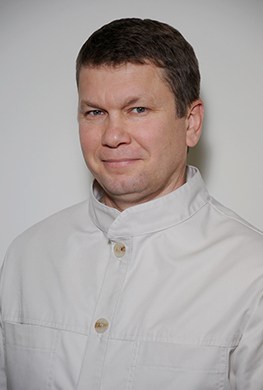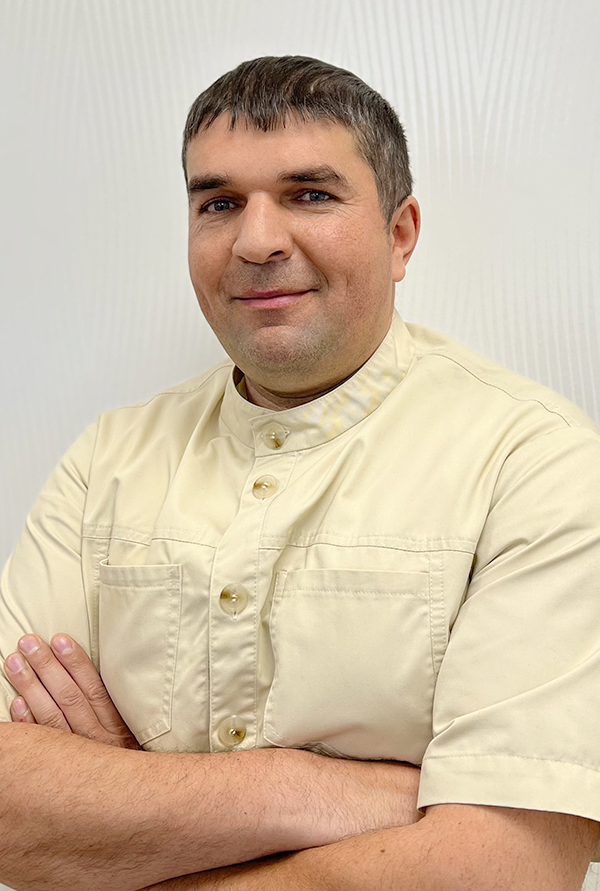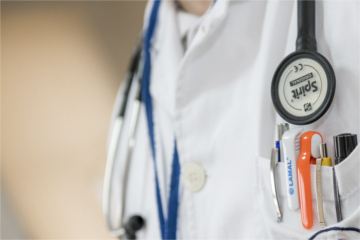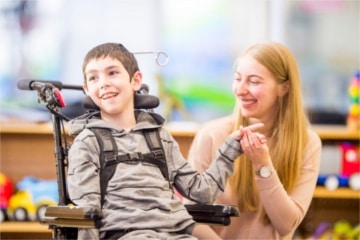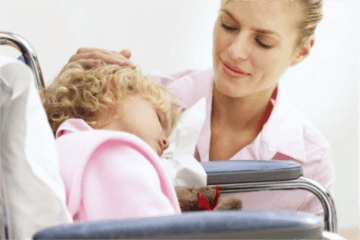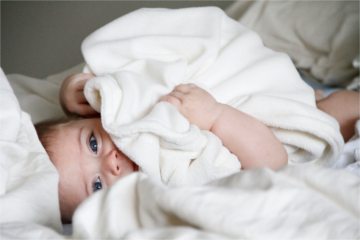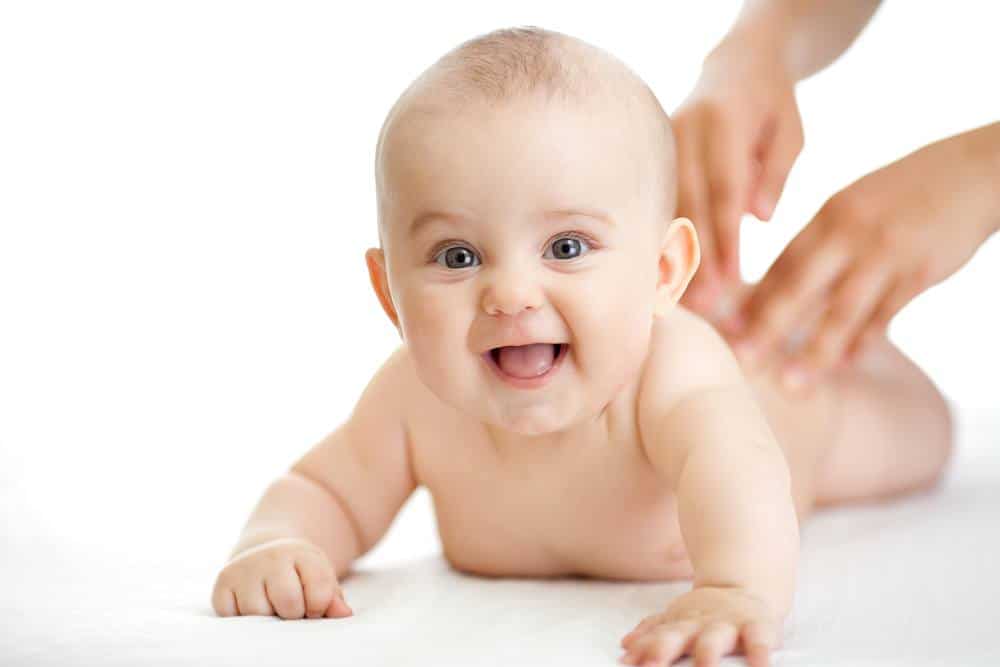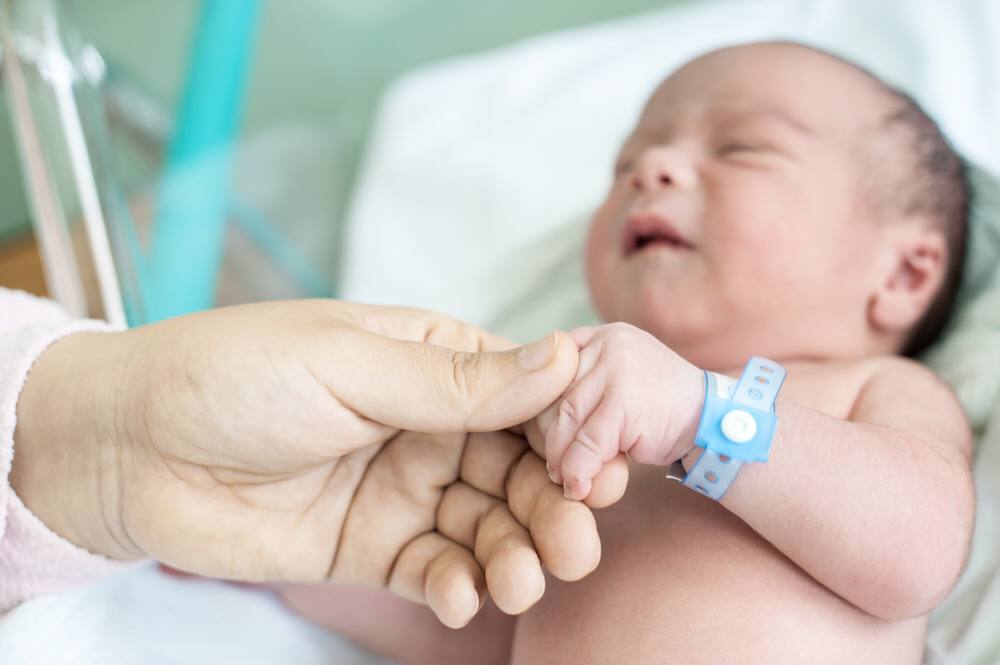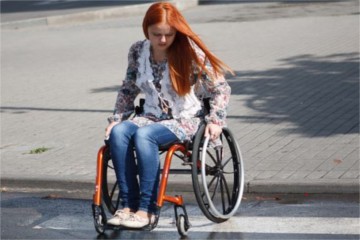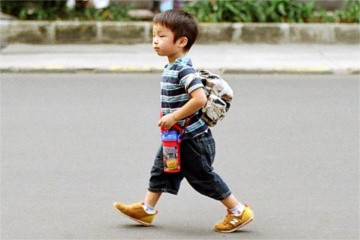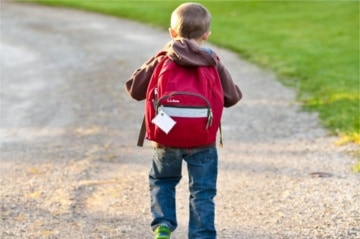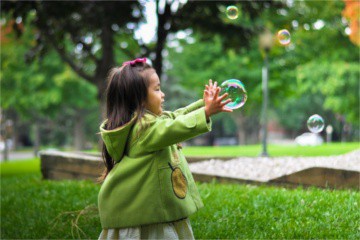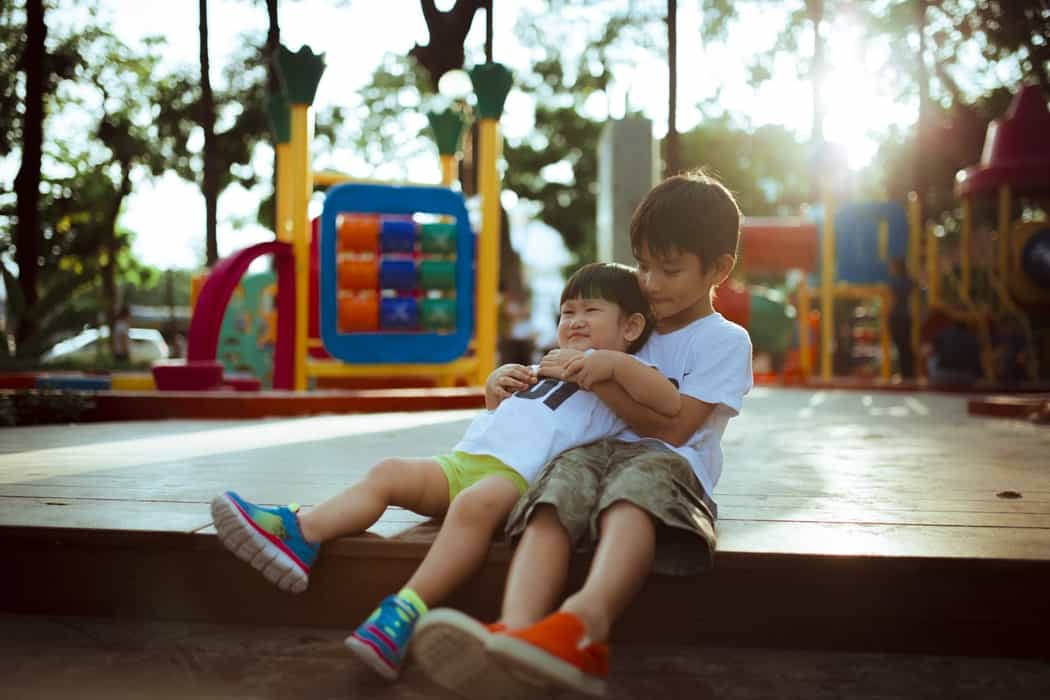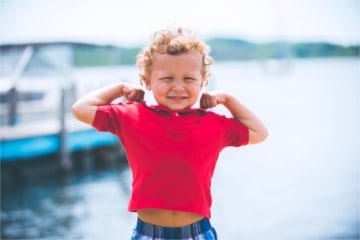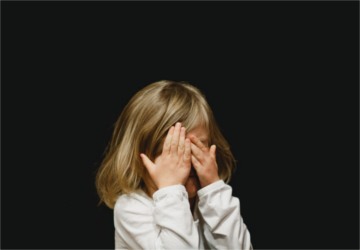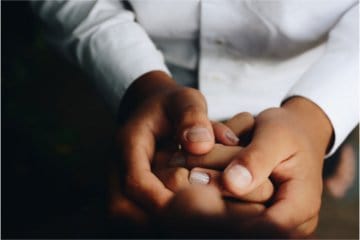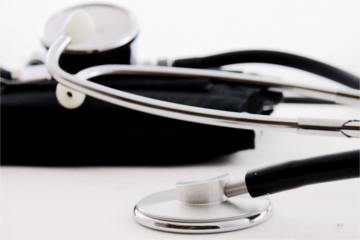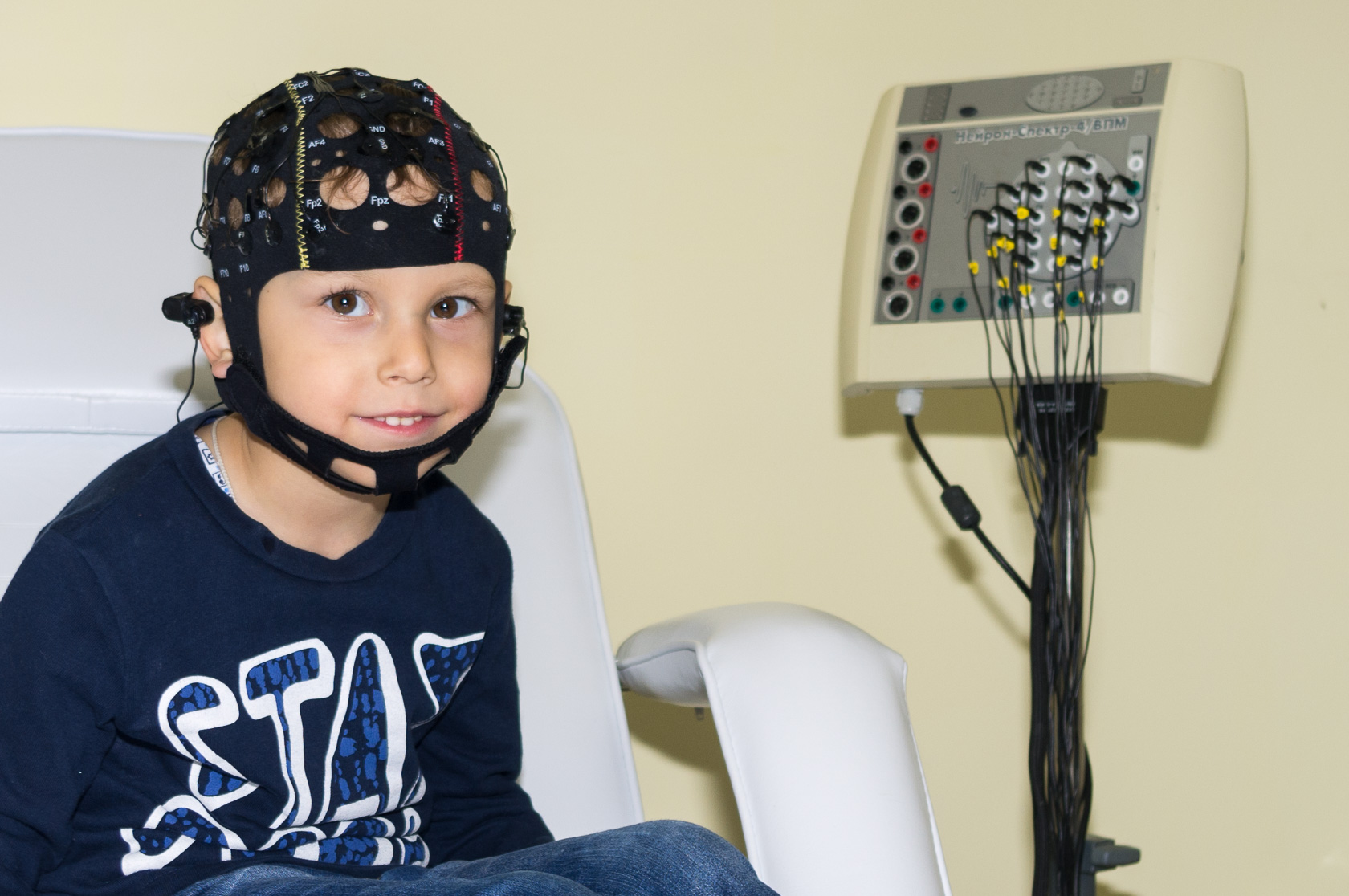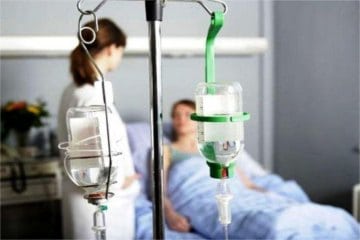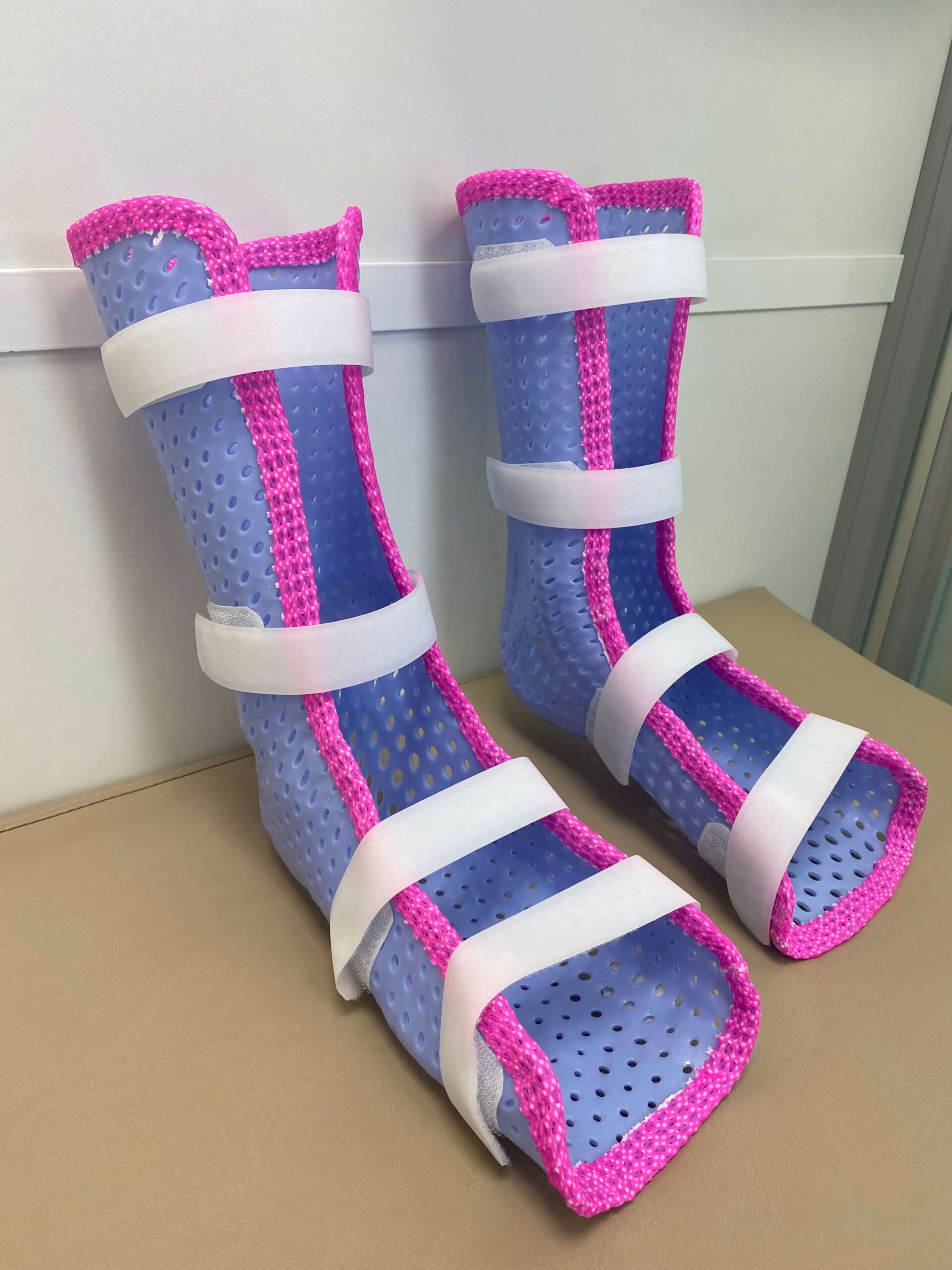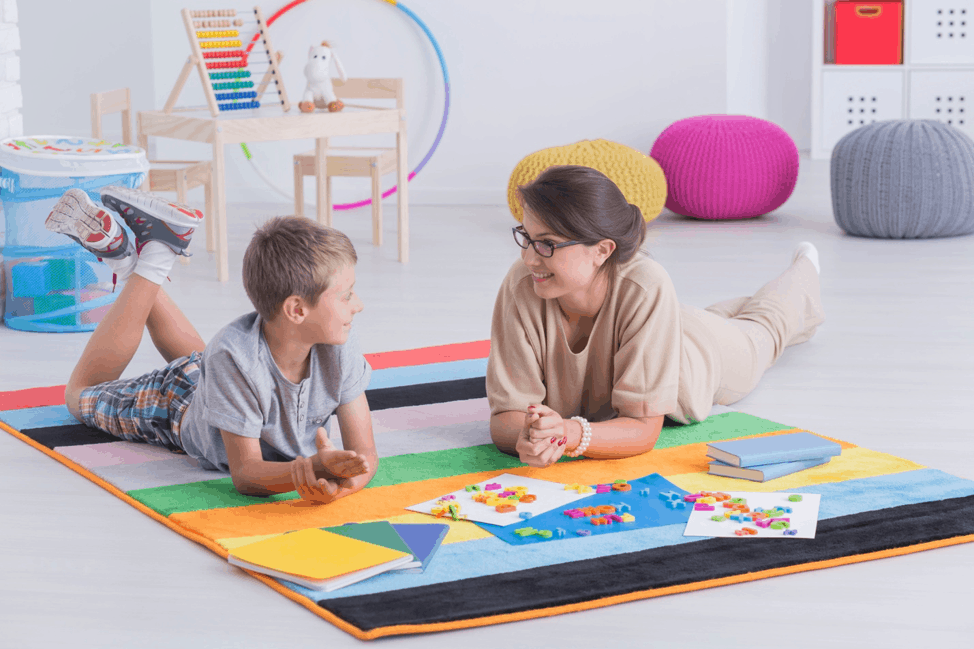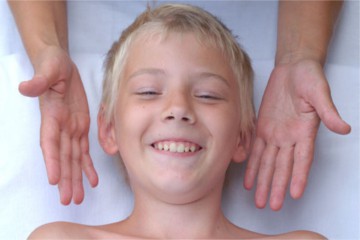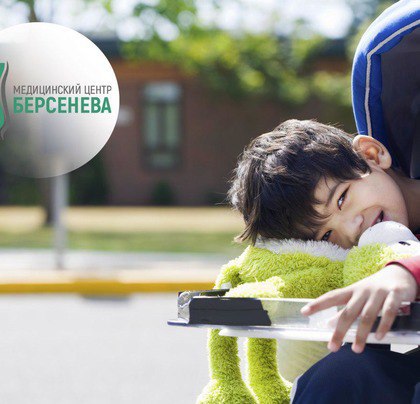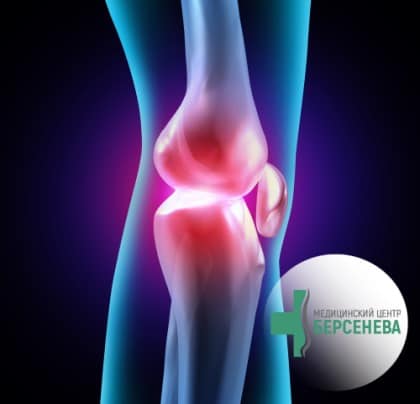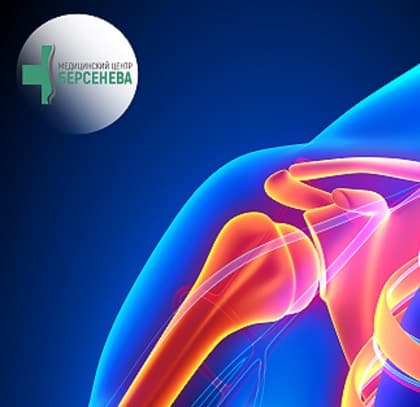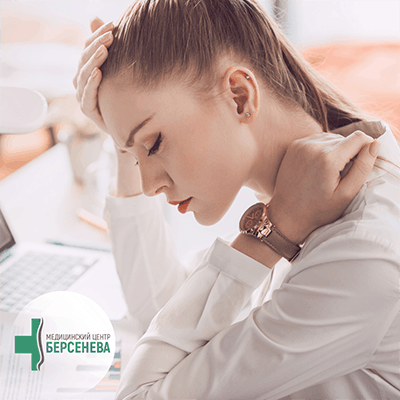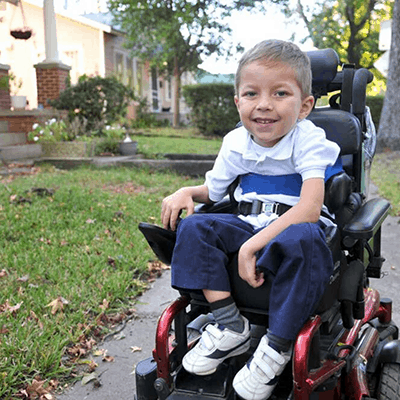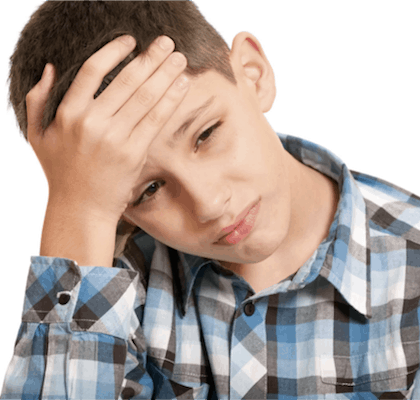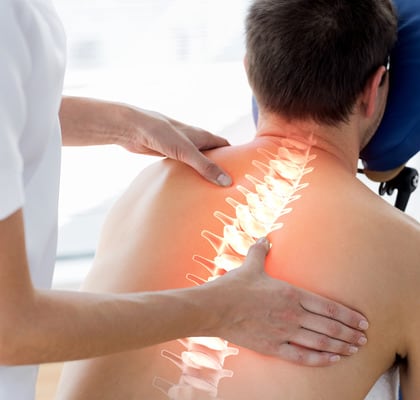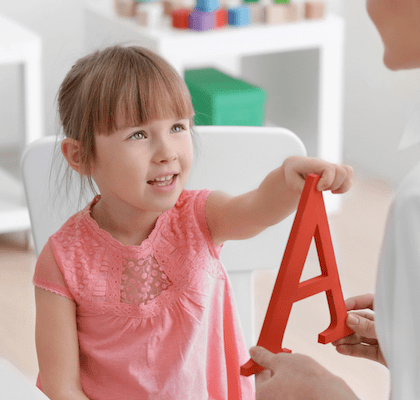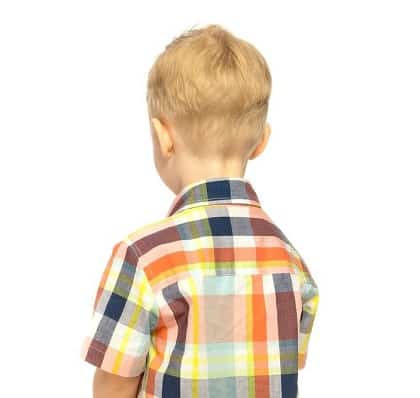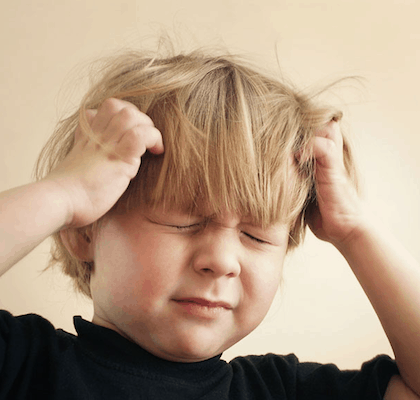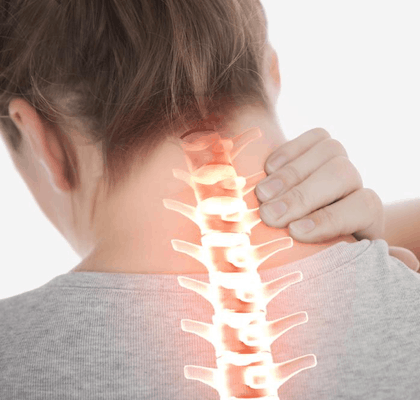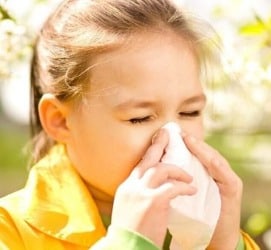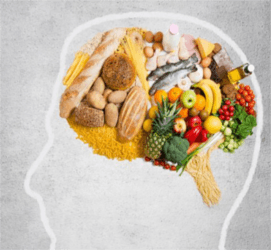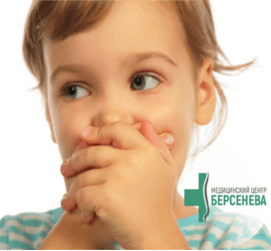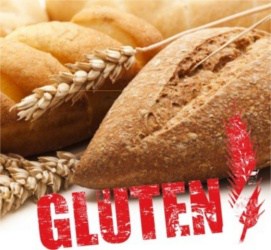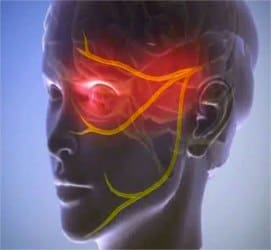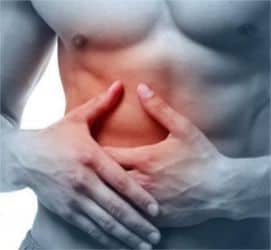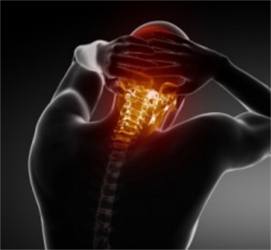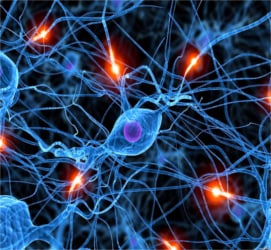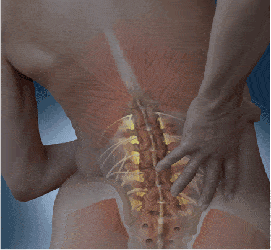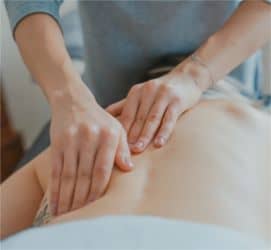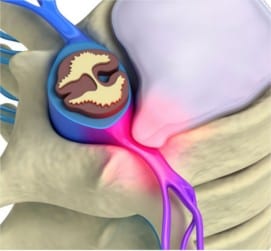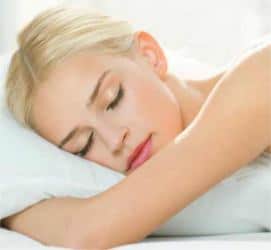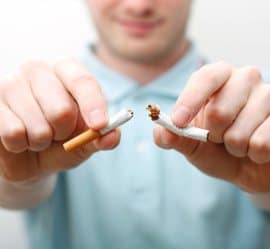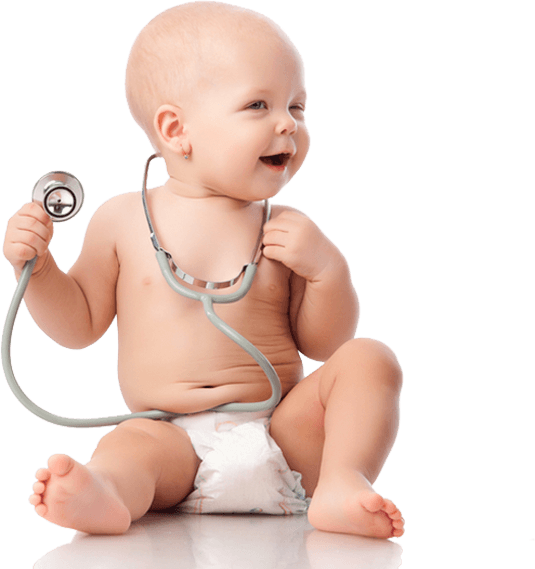

Menu
- О клинике
-
Что мы лечим?
-
Детское отделение
- Consultation of a child neurologist
- CEREBRAL PALSY (CP)
- Perinatal CNS involvement
- Organic lesion of the central nervous system
- Birth trauma of cervical spine
- Peripheral nervous system trauma
- Psychoverbal development delay
- The compulsive movement syndrome
- The autonomic dysfunction syndrome
- Attention Deficit Hyperactivity Disorder
- Autism
- About metameric treatment
- Documents upon admission
- Взрослое отделение
-
Детское отделение
- Теория метамерии
- Доп. услуги
- Прайсы
- Books
- Фонд Берсенева
- Contacts
Mon-Fri: 8:30 a.m. – 5:00 p.m.
Sat: 9:00 — 13:00
Sun: Day off
Call center
Доросле відділення
044 272 11 81
Дитяче відділення
044 272 11 82
- About clinic
- What we treat
- Children’s department
- Child neurologist
- CEREBRAL PALSY (CP)
- Perinatal CNS involvement
- Organic lesion of the central nervous system
- Birth trauma of cervical spine
- Peripheral nervous system trauma
- Psychoverbal development delay
- Attention Deficit Hyperactivity Disorder
- Muscle tone disorders
- Spinal amyotrophy
- Myelopathy
- Myopathy
- Neurotic disorders
- Juvenile osteochondrosis
- The compulsive movement syndrome
- Psycho-Speech Delay in Genetic Diseases
- The autonomic dysfunction syndrome
- Posture disorders in children
- Autism
- Adult department
- Spinal osteochondrosis
- Сervical spine osteochondrosis
- Thoracic spine osteochondrosis
- Lumbosacral spine osteochondrosis
- SPONDYLOSIS
- Spondylarthrosis
- Protrusions and hernias of the intervertebral discs
- Scoliotic disease, scoliosis
- Arthrosis
- Neuralgia
- Neuropathies
- Facial neuropathy
- Trifacial nerve neuropathy
- Radial nerve neuropathy
- Ulnar nerve neuropathy
- Median nerve neuropathy
- Sciatic nerve neuropathy
- Peroneal nerve neuropathy
- Tibial nerve neuropathy
- Myalgia, myositis, myofascial syndrome
- Diseases of the autonomic nervous system
- Children’s department
- Metameric theory
- Add. services
- Fond
- Price list
- Books
- Contact Us
